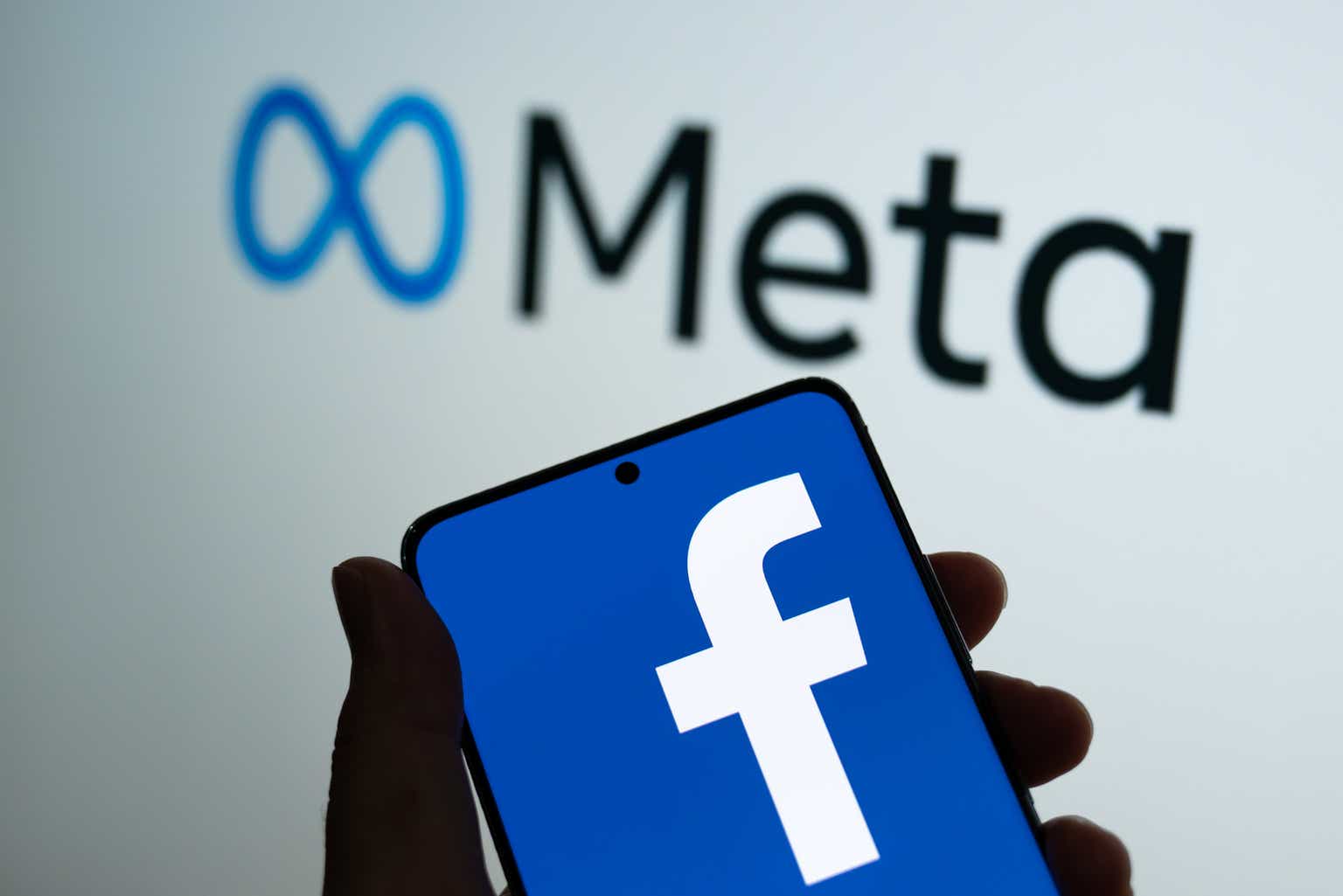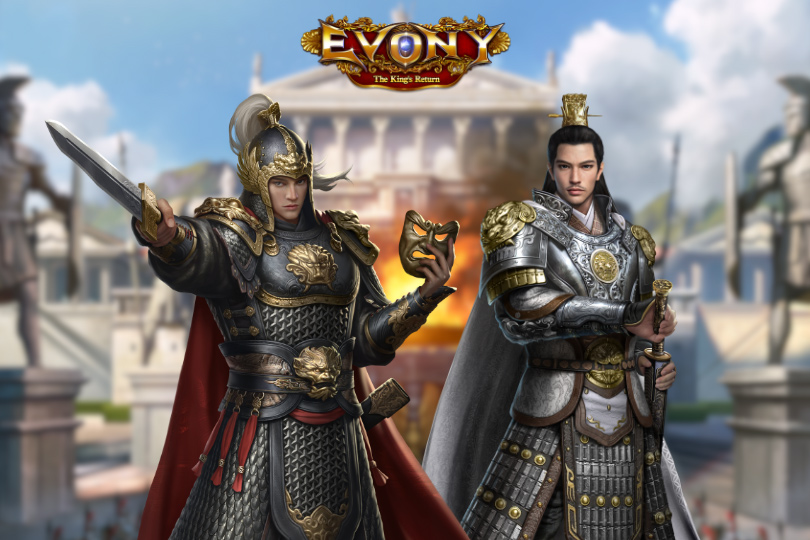In the ever-evolving world of technology, few companies have made as significant an impact as Meta Platforms, Inc. Formerly known as Facebook, Meta has grown from a simple social networking site into a sprawling tech empire with a diverse portfolio of products, services, and acquisitions. But what does Meta own, and how has it expanded its influence across the digital landscape? This article delves into the various assets and subsidiaries under Meta’s umbrella, exploring how the company has positioned itself as a leader in social media, virtual reality, artificial intelligence, and more.
The Evolution of Meta: From Facebook to a Metaverse Visionary
Meta’s journey began in 2004 when Mark Zuckerberg, along with his college roommates, launched Facebook as a platform for Harvard students to connect. Over the years, Facebook expanded globally, becoming the world’s largest social media network. However, as the company grew, so did its ambitions. In October 2021, Facebook rebranded itself as Meta, signaling a shift in focus toward building the “metaverse”—a virtual reality space where users can interact, work, and play in immersive digital environments.
This rebranding was more than just a name change; it reflected Meta’s broader strategy to diversify its holdings and invest in cutting-edge technologies. Today, Meta owns a wide range of assets that extend far beyond its flagship social media platform. Let’s take a closer look at some of the key components of Meta’s empire.
Core Social Media Platforms
At the heart of Meta’s business are its social media platforms, which collectively boast billions of users worldwide. These platforms are not only central to Meta’s revenue but also serve as the foundation for its broader ecosystem.
- 1. Facebook: The original platform that started it all, Facebook remains Meta’s most recognizable asset. With over 2.9 billion monthly active users, it is the largest social network in the world. Facebook allows users to connect with friends and family, share content, and engage with communities.
- 2. Instagram: Acquired by Facebook in 2012 for $1 billion, Instagram has grown into one of the most popular photo and video-sharing platforms. Known for its visually appealing content and influencer culture, Instagram has become a key player in digital marketing and e-commerce.
- 3. WhatsApp: Purchased by Facebook in 2014 for $19 billion, WhatsApp is a messaging app with a strong presence in international markets. It offers end-to-end encryption, making it a preferred choice for private communication. WhatsApp also facilitates business interactions through its WhatsApp Business app.
- 4. Messenger: Originally part of Facebook’s main app, Messenger was spun off into a standalone messaging platform in 2011. It allows users to send messages, make voice and video calls, and interact with businesses.
- 5. Threads: Launched in 2023, Threads is Meta’s answer to Twitter (now X). It integrates with Instagram and focuses on real-time text-based conversations, offering users an alternative platform for public discourse.
Virtual Reality and the Metaverse
Meta’s vision for the metaverse is one of its most ambitious projects. To bring this vision to life, the company has invested heavily in virtual reality (VR) and augmented reality (AR) technologies. Central to this effort is Oculus, a VR company Meta acquired in 2014 for $2 billion.
- 1. Oculus: Oculus is best known for its VR headsets, such as the Oculus Rift and the Oculus Quest series. These devices provide immersive gaming and entertainment experiences, as well as tools for virtual meetings and social interactions. Meta has integrated Oculus into its broader metaverse strategy, rebranding it as Meta Quest.
- 2. Horizon Worlds: This is Meta’s social VR platform, where users can create avatars, explore virtual environments, and interact with others. Horizon Worlds represents Meta’s attempt to build a foundational layer of the metaverse, offering a glimpse into the future of digital socialization.
- 3. Spark AR: Meta’s AR platform, Spark AR, enables developers to create augmented reality experiences for Instagram, Facebook, and Messenger. From interactive filters to virtual try-ons, Spark AR is shaping the way users engage with AR content.
Artificial Intelligence and Data Infrastructure
Meta’s dominance in social media is underpinned by its sophisticated use of artificial intelligence (AI) and data analytics. The company leverages AI to personalize content, optimize ad targeting, and enhance user experiences across its platforms.
- 1. Meta AI Research: Meta invests heavily in AI research, with teams dedicated to advancing machine learning, natural language processing, and computer vision. The company’s AI initiatives power features like facial recognition, content moderation, and recommendation algorithms.
- 2. PyTorch: Meta developed PyTorch, an open-source machine learning framework widely used by researchers and developers. PyTorch has become a cornerstone of the AI community, enabling the creation of innovative AI models and applications.
- 3. Data Centers and Infrastructure: To support its vast user base and data-intensive operations, Meta owns and operates a global network of data centers. These facilities are equipped with state-of-the-art hardware and software, ensuring the reliability and scalability of Meta’s services.
Advertising and E-Commerce
Advertising is the primary source of revenue for Meta, accounting for the majority of its income. The company’s advertising platform is powered by its extensive user data and advanced targeting capabilities.
- 1. Facebook Ads: Meta’s advertising platform allows businesses to create targeted ads across Facebook, Instagram, Messenger, and other platforms. Advertisers can reach specific demographics, interests, and behaviors, making it a powerful tool for digital marketing.
- 2. Shops and Marketplace: Meta has ventured into e-commerce with features like Facebook Shops and Marketplace. These platforms enable businesses and individuals to sell products directly to users, creating new revenue streams and enhancing the user experience.
Acquisitions and Strategic Investments
Meta’s growth strategy has included numerous acquisitions and investments, allowing the company to expand its capabilities and enter new markets. Some notable acquisitions include:
- 1. Giphy: Acquired in 2020 for $400 million, Giphy is a popular platform for animated GIFs. Meta integrated Giphy into its apps, enhancing the way users express themselves through visual content.
- 2. CTRL-labs: In 2019, Meta acquired CTRL-labs, a startup specializing in neural interface technology. This acquisition aligns with Meta’s long-term goal of developing advanced input methods for the metaverse.
- 3. Within Unlimited:Meta purchased Within Unlimited, the creator of the VR fitness app Supernatural, in 2021. This move highlights Meta’s focus on expanding the use cases for VR beyond gaming and entertainment.
Conclusion: A Tech Giant with a Bold Vision
Meta’s portfolio is a testament to its ambition and innovation. From social media and messaging apps to virtual reality and artificial intelligence, Meta owns a diverse array of assets that position it as a leader in the tech industry. As the company continues to invest in the metaverse and other emerging technologies, its influence is likely to grow even further. Whether you view Meta as a pioneer or a disruptor, there’s no denying its impact on the digital world and its potential to shape the future of human interaction.
In answering the question, “What does Meta own?” it’s clear that the company’s holdings are vast and multifaceted. Meta’s ability to adapt, innovate, and acquire has allowed it to build an empire that extends far beyond its origins as a social networking site. As we look to the future, Meta’s vision for the metaverse promises to redefine how we connect, communicate, and experience the digital realm.










